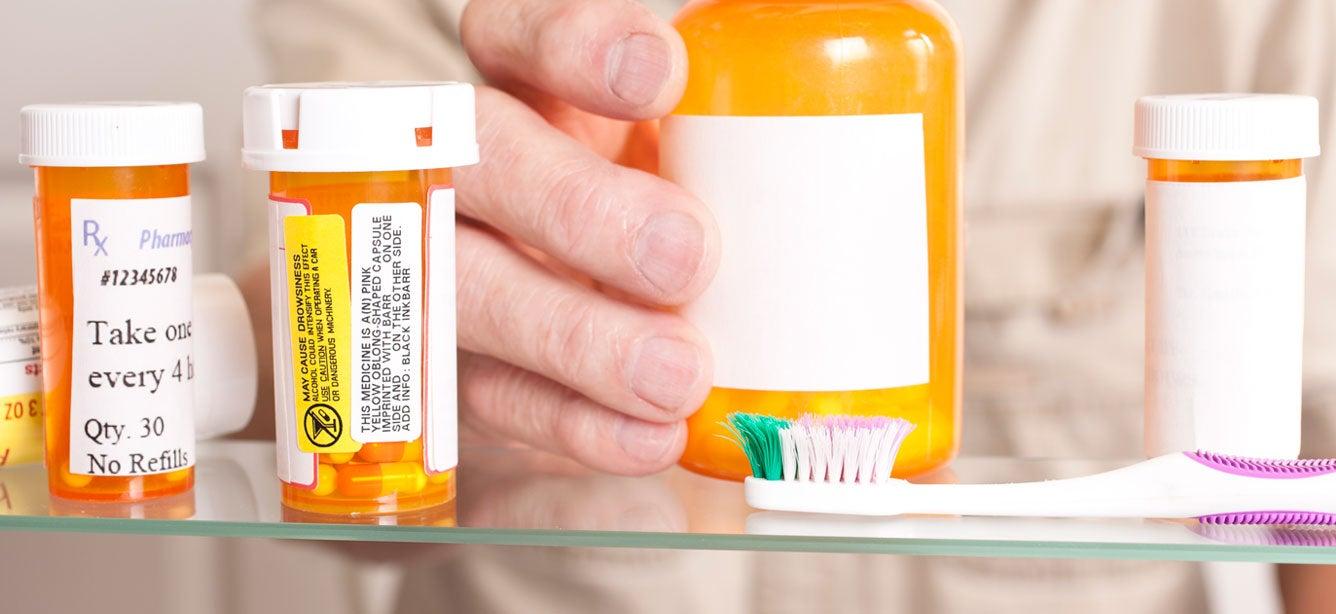
Related Topics
Original Medicare (Parts A and B) covers a wide range of important health care services, from hospital stays to doctor visits. However, it does not cover prescription medications. That’s where Medicare Part D comes in. Part D is a separate prescription drug plan available to Medicare enrollees. This benefit is sold through private plans that are approved by Medicare. Part D plans may be standalone plans or come as part of a Medicare Advantage plan.
Each Part D plan can vary in costs and the drugs covered, and coverage can change from year to year. That means a plan that covers certain prescriptions this year might change and not cover them next year.
How to enroll in Medicare Part D
There are specific times when you can enroll in Part D. One is during the Initial Enrollment Period, when you first become eligible for Medicare. There are also Special Enrollment Periods, such as when you retire and lose employer drug coverage, or if you move out of one Part D plan’s service area to another area.
The Annual Open Enrollment Period, also known as the Medicare Open Enrollment Period, takes place each year from Oct. 15-Dec. 7. During this time, people with Medicare can join, disenroll, or switch Part D and/or Medicare Advantage plans .
If you choose to enroll in Part D outside of your Initial or Special Enrollment Periods, you may face a late enrollment penalty, depending on the situation. This penalty may result in higher monthly premiums for the rest of the time you have drug coverage from Medicare, unless you qualify for the Part D Low Income Subsidy (LIS, also known as Extra Help).
What are the costs of Part D?
Most people enrolled in a Part D plan (and not eligible for Extra Help) have out-of-pocket costs. These costs may include:
- A monthly Part D plan premium (average premium for a standalone Part D plan in 2026 is $34.50),
- An annual deductible (maximum $615 in 2026),
- A portion of plan-covered drugs (either a copayment or coinsurance during the initial coverage period)
Several important Part D changes took place in 2026:
- Annual prescription drug out-of-pocket costs for beneficiaries are capped at $2,100. Once beneficiaries reach $2,100 in out-of-pocket spending, they enter the catastrophic coverage period and pay nothing for covered drugs for the rest of the year. This can result in big cost savings for people who take expensive medications.
- Medicare beneficiaries will continue to have the option to break high out-of-pocket prescription drug costs into more affordable monthly payments. Medicare’s online screening tool can help you determine if a payment plan makes sense for your needs.
Be sure to check out our Part D costs chart to understand what your costs might look like in the current year. It’s important to remember that your health care and financial situation may change. That’s why it’s a good idea to review your Part D coverage during Open Enrollment to determine whether it will continue to fit your prescription needs in the coming year.
How to get help with Part D plans and costs
If you or an older adult you know needs help choosing a Part D plan—or getting extra help with prescription drug costs—try these resources:
- Your local State Health Insurance Assistance Program (SHIP) is federally funded to provide free, unbiased assistance to people with Medicare and their families. To find your SHIP, call toll-free 1-877-839-2675 or visit the SHIP website.
- Call 1-800-MEDICARE (1-800-633-4227, or 1-877-486-2048 for TTY users) to speak with a customer support representative—or visit the Medicare.gov website to start a live chat. The Medicare Support Hotline is available 24/7, except for some federal holidays.
- Medicare Part D Extra Help is a benefit that helps people with low income cover Part D prescription drug plan costs, including premiums, deductibles, and copayments. The Social Security Administration (SSA) and Centers for Medicare & Medicaid Services (CMS) jointly administer Extra Help. Its estimated average annual value is $6,200 per person. Learn more about Part D Extra Help and its eligibility requirements.
- BenefitsCheckUp® is a free online tool where you can browse benefits programs to help you live healthier and afford daily expenses, including prescription drugs.
Explore other ways to save on your prescription medication costs.



